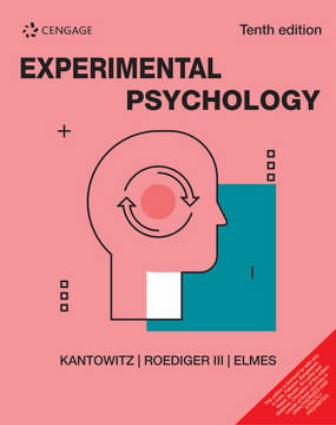
"Psychology in Action" features suggest safe and simple experimental demonstrations that require little or no equipment and that can be used in or out of class--giving students a perfect chance to apply what they've studied. For example, Chapter 7 includes a demonstration of the Stroop effect, and Chapter 14 illustrates the effects of noise on two kinds of memory.This text is organized by topics, rather than methods. As the only undergraduate experimental psychology text on the market organized by content/research area, it helps students connect the concepts of sound methodology with their practical applications.The foundational chapters in Part I introduce readers to theory construction, observational and experimental research techniques, ethical issues, and reading and writing research reports."From Problem to Experiment: The Nuts and Bolts" features present the rationale behind experimental design decisions--how many subjects should be used, why variable x is selected instead of variable y, and so on--when hypotheses are taken from a general form to the specifics of an experiment.Chapter 5, "How to Read and Write Research Papers," has been rewritten to align with the new edition of the APA Publication Manual, and now includes a new sample journal article and a new sample manuscript.Chapter 9, "Conditioning and Learning," has been entirely rewritten to put more emphasis on learning while maintaining material on the importance of conditioning, creating a balance between early examples of conditioning and contemporary research on human learning. New coverage and more recent references have been added in every chapter, and some chapters have been rewritten to reflect recent findings and topics. New examples and updated figures are also included.